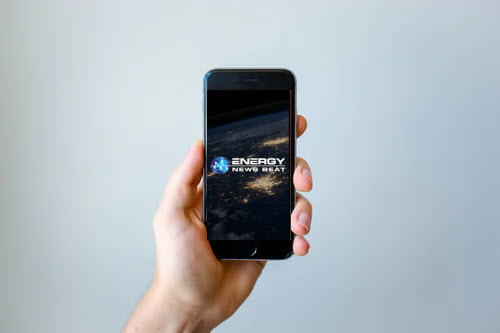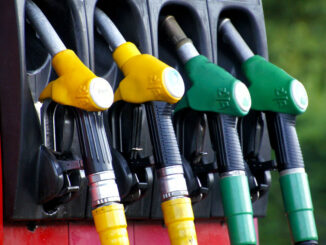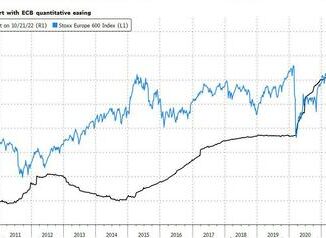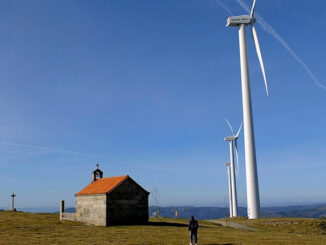
Quantitative tightening powers along in the euro area.
By Wolf Richter for WOLF STREET.
Under the ECB’s QT program, kicked off in October 2022, total assets have plunged by €1.94 trillion, or by 21.9%, to €6.90 trillion, the lowest since November 2020, according to the ECB’s weekly balance sheet released today. This includes the €88-billion drop in the latest reporting week.
In USD, the ECB has now shed roughly $2.14 trillion in assets at the current exchange rate. By comparison, the Fed has shed $1.23 trillion in assets.
During the pandemic, the ECB piled on €4.15 trillion in assets; it has now shed 47% of that pile.
The ECB engaged in QE via two categories, and both are getting unwound, but at a very different pace:
It offered loans under very favorable conditions to banks, and it was up to the banks to deploy this cash.
It purchased government bonds, corporate bonds, covered bonds, and asset-backed securities, thereby handing the financial markets this cash, under two programs: APP (asset purchase programme), starting in 2014; and PEPP (pandemic emergency purchase programme), starting in March 2020.
In October 2022, the ECB announced the first steps of QT. It made the loan terms unattractive, and it opened more windows for banks to pay back those loans, which caused the banks to pay back those loans in big waves, which removed liquidity via the banks.
In December 2022, the ECB announced the initial phase of its bond QT with a start date in March 2023. It has since then accelerated the pace of the bond-roll-off, and announced a further acceleration at its December meeting.
Loan QT: -€1.79 trillion
The ECB has always handled QE via waves of loans, starting with the Financial Crisis, then the Euro Debt Crisis, then the period of no-crisis, and finally the pandemic. The waves had names, at first: Longer-Term Refinancing Operations (LTRO), then Targeted Longer-Term Refinancing Operations (TLTRO), and these waves were numbered. During the pandemic, the ECB’s lending operations were called TLTRO III.
These pandemic-era TLTRO III loans amounted to €1.6 trillion at the peak, on top of the still outstanding prior loans, to total €2.2 trillion at the peak between June 2021 and June 2022.
In the week of the current balance sheet through December 22, banks paid back €98 billion in loans. Since the peak, they paid back €1.79 trillion, with only €405 billion in loans still outstanding.
Bond QT: -€262 billion
The ECB had bought bonds under two programs: APP, starting in 2014; and PEPP, starting in March 2020.
APP bonds: The roll-off in 2023 was limited to the bonds in the APP portfolio, and for the first six months was capped. But in July, the cap was removed. Since then, APP bonds have been rolling off without replacement as they mature. So whatever matures and gets paid off, that’s the amount by which the APP portfolio declines. Current APP holdings: €3.02 trillion.
PEPP bonds have been kept steady since the end of QE. But at its December meeting, the ECB announced that its PEPP bonds will start to roll off in July 2024, capped at €7.5 billion a month. At the end of 2024, the cap will be removed, and whatever matures in the PEPP portfolio will then come off the balance sheet. Current PEPP holdings: €1.71 trillion.
Over the past four weeks, €14 billion in APP bonds rolled off (holiday periods are slow in terms of maturity dates, with the bond market shut down entirely before Christmas). For a feel for the pace of the roll-off: over the prior 4-week periods, respectively, €19 billion, €45 billion, and €30 billion rolled off.
Since the peak, €262 billion in bonds rolled off. APP bonds did all the lifting. PEPP bonds have remained steady. The entire bond portfolio is now down to €4.70 trillion, the lowest since December 2021:
QT for years to get a grip on inflation.
The December 2023 meeting has been typical since the October 2022 announcement of QT: Each step along the way, QT was accelerated, to what is now the most QT of any major central bank.
QT is a program that is expected to run for years on automatic pilot in the back ground. The ECB’s policy-rate decisions and the surrounding jabbering – same with the Fed’s policy-rate decisions and surrounding jabbering – get all the speculative attention. But QT runs without drama in the background, removing liquidity month after month from the financial system, and thereby removing some of the inflationary fuel.
The hope is that this ongoing QT will allow central banks to not lift rates as high as they would have before the arrival of huge balance sheets. In other words, the hope is that central banks can leverage QT to get a handle on inflation without having to jack up rates so high that they would break the economy.
The massive QE via loans and bond purchases, which pushed down long-term yields, and the negative interest rate policy, which pushed down short-term yields, caused asset prices to spike in Europe, including home prices in Germany. But QT and higher rates have now begun to reverse that process. Here are German home prices, which are now tanking after a huge spike, versus the ECB’s balance sheet.
Enjoy reading WOLF STREET and want to support it? You can donate. I appreciate it immensely. Click on the beer and iced-tea mug to find out how:






